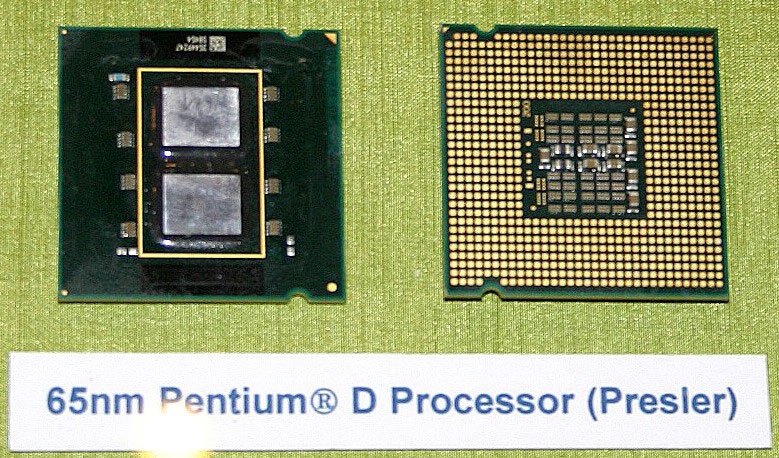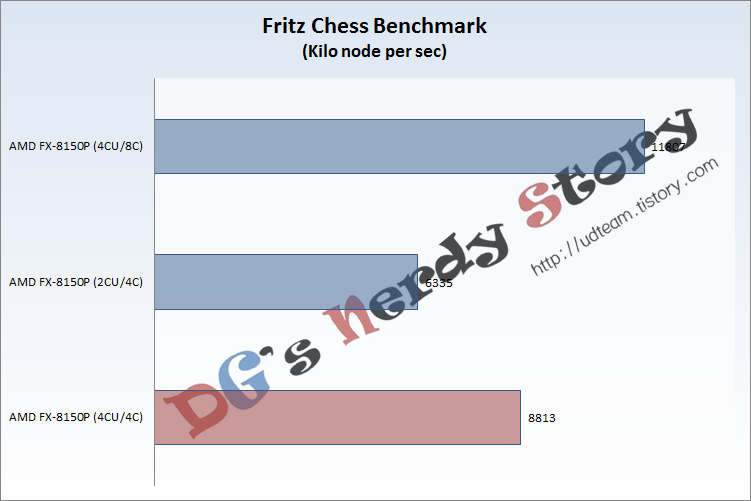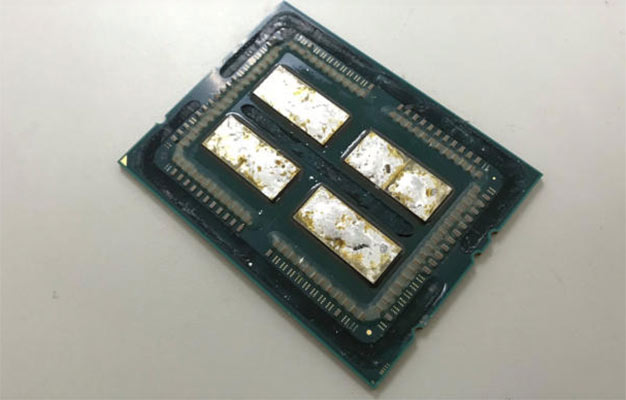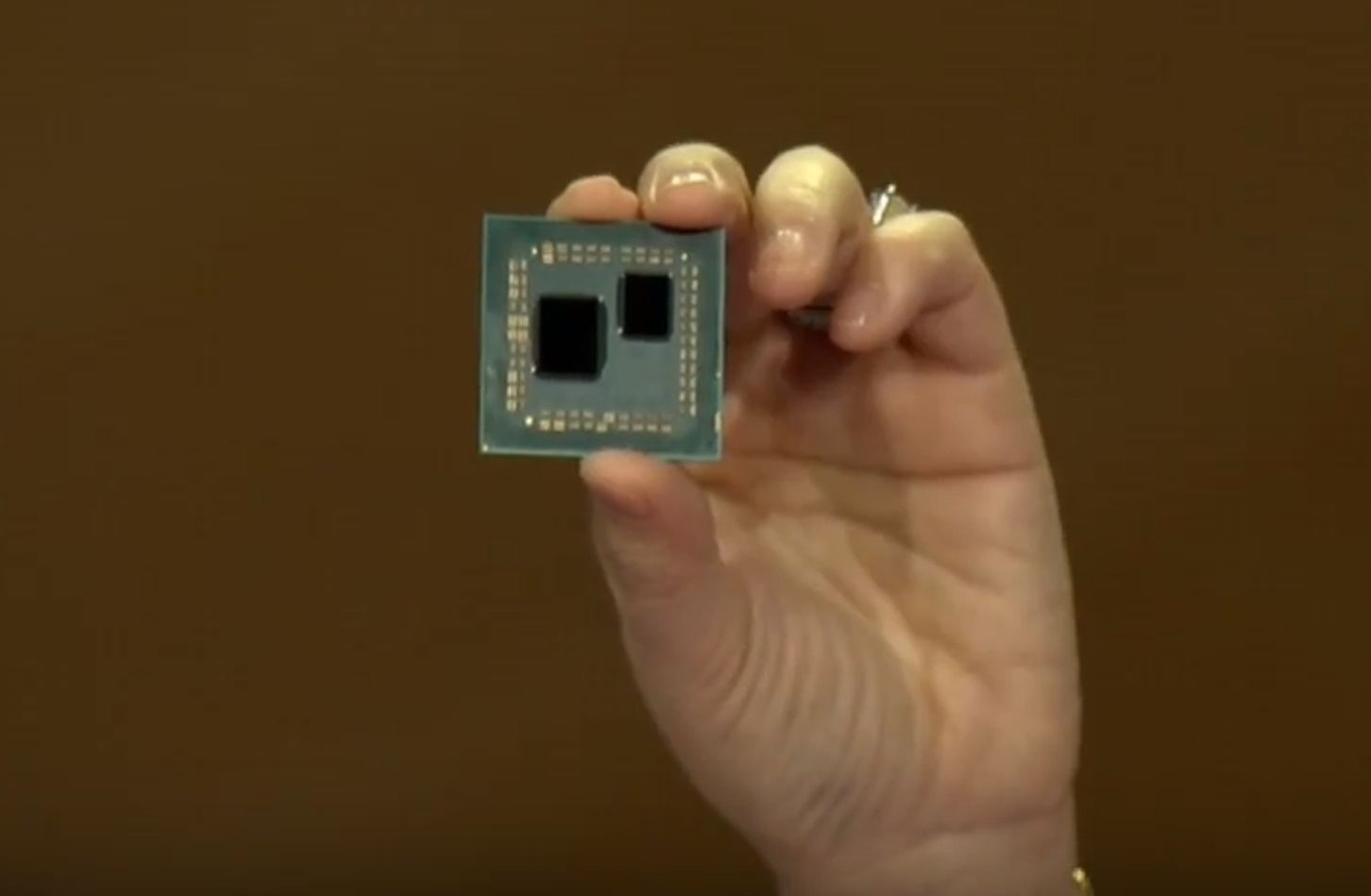It was properly implemented
Bulldozer recognized as 4c/8t have better performance in games and many applications
It being recognized as 8c/8t would not make any performance improvement in applications which can utilize 8 threads so they made better choice to configure it as 4c/8t
And wasn't this 4c/8t thing done after some Windows path anyway? And wasn't it advertised as path which improve performance for which people actually wanted and waited for?
This itself doesn't mean CPU had just 4 cores, just that the whole idea to name it as such was stupid...
Windows 7 there was an manual patch to make it work more or less correctly, windows 8 and higher made sure it was built in to split them into HT like layout so the task Scheduler would not put the same workload on the same module
Later bulldozer cpus (piledriver type A cpus) ms did not bother to implement the module splitting patch so the 2 modules would show as 4 cores again and just let the task Scheduler to work it out on its own again
It should I've been marketed as core assist so the FX kind of 8 core CPUs should have been sold as 4 core with core assist as it's not smt and it's not HT as they are using split cores (this would of Ment there was no quad core parts in the type A cpus)
![[H]ard|Forum](/styles/hardforum/xenforo/logo_dark.png)



